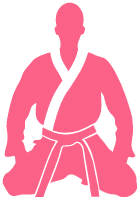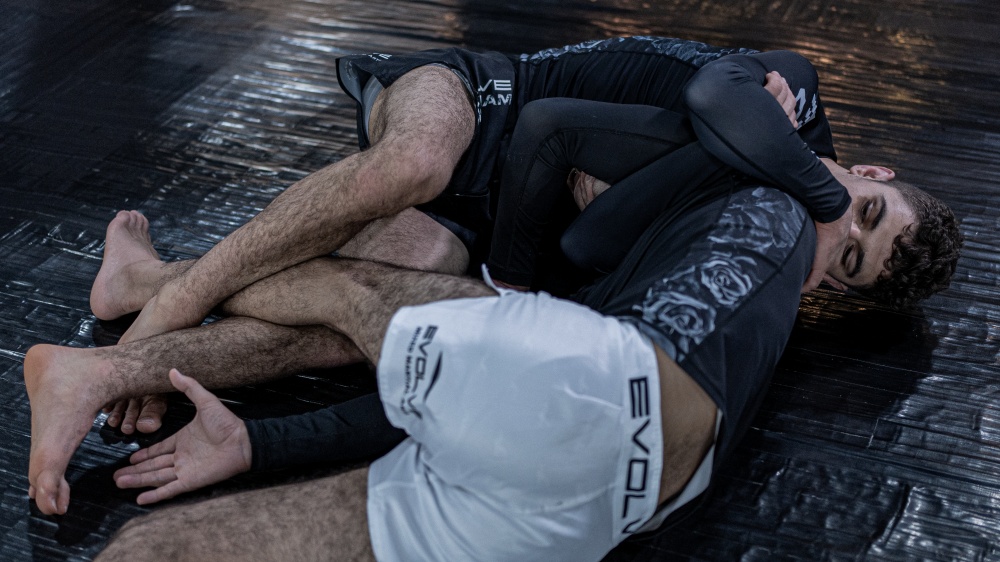The Anaconda choke is a powerful submission that can be executed from various positions. One of the most effective ways to set up the Anaconda choke is from the turtle position. In this guide, we will cover the key concepts and techniques to execute the Anaconda choke from turtle position.
Getting to the Turtle Position
Before we can execute the Anaconda choke from turtle position, we must first get to turtle position. Turtle position is a defensive position where the opponent is on all fours, with their head down and elbows tucked in. One way to get to turtle position is by escaping from side control or mount. Once in turtle position, the attacker can work to set up the Anaconda choke.
Setting up the Anaconda Choke
To set up the Anaconda choke from turtle position, the attacker needs to control the opponent’s arm and create space for their own arm to wrap around the opponent’s neck. One way to do this is by using an arm drag. The attacker reaches under the opponent’s arm and pulls it across their own body, creating space to wrap their own arm around the opponent’s neck.
Wrapping the Arm
With the opponent’s arm trapped, the attacker can now wrap their own arm around the opponent’s neck, creating the choke. The attacker’s arm should be wrapped tightly around the opponent’s neck, with their bicep pressing against the opponent’s carotid artery.
Rolling to the Side
To finish the Anaconda choke, the attacker needs to roll to the side and apply pressure to the choke. The attacker rolls to the side opposite of the trapped arm, bringing their legs over the opponent’s back and squeezing tightly. The attacker can also use their free hand to pull on the opponent’s head, adding more pressure to the choke.
Finishing the Anaconda Choke
To finish the Anaconda choke, the attacker needs to create enough pressure to force the opponent to tap out. This can be done by squeezing their legs together, pulling the opponent’s head down, and driving their hips forward. The choke should be held until the opponent taps out or until the attacker is able to secure a dominant position.
Common Mistakes to Avoid
One of the most common mistakes when attempting the Anaconda choke from turtle position is not controlling the opponent’s arm effectively. If the attacker cannot control the opponent’s arm, they will not be able to wrap their own arm around the opponent’s neck. Another mistake is not rolling to the correct side. Rolling to the trapped arm side will make it more difficult to apply the choke effectively.
The Anaconda choke is a powerful submission that can be executed from various positions. When executed correctly from turtle position, the Anaconda choke can catch opponents by surprise and lead to a quick submission. By understanding the key concepts and techniques, you can add this technique to your arsenal and become a more well-rounded grappler.
Hey there! Just a heads up that some of the links in this post are affiliate links, which means that if you click on them and make a purchase, I may earn a commission. But don’t worry, it won’t cost you anything extra – in fact, you might even get a sweet deal! Plus, every purchase made through one of these links helps support my blog and keep the content coming. So, if you do decide to make a purchase, thank you so much for your support – it means the world to me!
All the best,
Will








